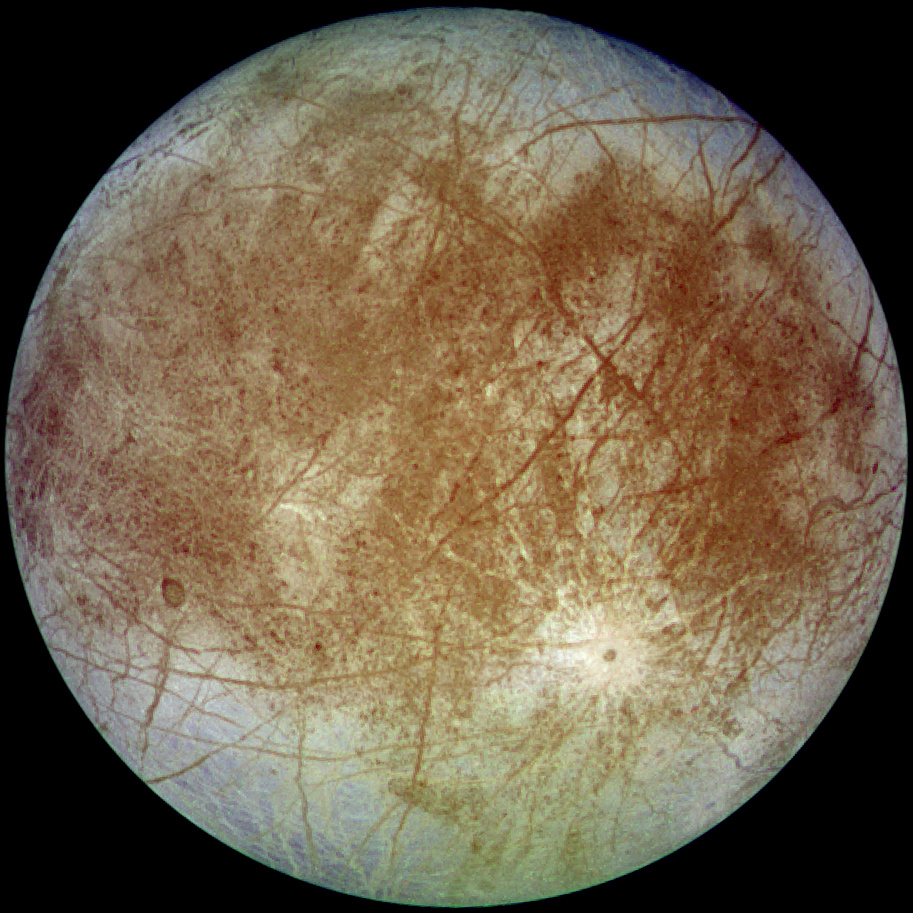Emails reveal New York Times mask-promoting activist manipulated and misrepresented the Cochrane Review, which originally found masks useless
08/13/2024 / By Lance D Johnson

Journalist Paul D. Thacker recently exposed corruption at the New York Times. An activist named Zeynep Tufekci misrepresented scientific findings on masks by the Cochrane Review, a prestigious medical journal, Thacker reveals. The investigation is based on hundreds of emails obtained through Freedom of Information requests and leaks from within Cochrane itself.
According to internal emails from Cochrane, the New York Times mask propagandist and social media influencer — Zeynep Tufekci — pressured Cochrane to publicly criticize its own review showing that masks fail to stop respiratory viruses. This investigation raises significant concerns about the intersection of social media influence and scientific integrity. Thacker’s UnHerd article, titled “How the NYT Undermined Mask Evidence: Leaked Emails Reveal How Scientists Were Smeared,” uncovers a troubling pattern of interference involving Tufekci, Cochrane and the broader scientific community.
NYT mask propagandists exposed, manipulating scientific findings and twisting approver’s words
In March 2023, Tufekci published an essay asserting that masks are effective against respiratory viruses, while attacking a mask use review by Cochrane. This came in the wake of Cochrane’s February 2023 review on masks, which found scant evidence supporting the efficacy of masks in preventing the spread of respiratory viruses. The review, considered the gold standard in medical evidence, has been consistently critical of masks in prior editions dating back to 2007. However, Tufekci pressured the publisher into an interview, where she twisted the words of those involved with the review and approval process, while misrepresenting their findings.
Outside observers picked apart Tufekci’s New York Times op-ed, noting a disconnect between her claims and the established scientific consensus. Tufekci contacted Cochrane’s Michael Brown, who was involved in the review’s approval process, shortly after the publication of a New York Times op-ed critical of mask mandates. The emails suggest that Tufekci misrepresented Brown’s views, citing him as supportive of her arguments while ignoring his actual stance on the review.
The emails indicate that Tufekci not only sought to discredit the Cochrane review but also manipulated scientific opinions to bolster her mask mandate narrative. For instance, Brown’s comments were twisted to imply a stronger endorsement of mask efficacy than what he actually provided. Additionally, Tufekci’s communications with Cochrane’s Karla Soares-Weiser, who oversees the review, led to a rushed statement from Soares-Weiser promising revisions to the review — a move that Brown and other scientists argue was driven by media pressure rather than scientific evidence.
The situation escalated when Soares-Weiser’s statement about correcting the review was later retracted, as it became clear that no substantive changes would be made. As Thacker points out, Tufekci’s pressure and influence contributed to a public relations crisis rather than a genuine scientific re-assessment. This controversy highlights a broader issue of how major news publications and influential voices on social media can impact scientific discourse and public health policy. This investigation highlights how opinion-driven journalism shapes scientific debates, disregarding evidence-based analysis, manipulating public discourse and behavior.
Tufekci’s rise to fame was generated by social media hysteria and corporate media pressure
Masks were first used by physicians nearly a hundred years ago, but they were used to stop the spread of bacteria during surgery. Bacteria are hundreds of times larger than viruses and can be blocked by masks. However, respiratory viruses are ubiquitous in nature and readily spread through masks.
The World Health Organization, prior to their complicity in spreading propaganda during the COVID-19 scandal, ruled in 2019, as part of their “pandemic preparedness plan”
There have been a number of high-quality randomised controlled trials (RCTs) demonstrating that personal protective measures such as hand hygiene and face masks have, at best, a small effect on influenza transmission.
The researchers who worked on the Cochrane review originally agreed that masks were useless against COVID-19. However, science, reality, common sense, personal autonomy, medical prudence and human rights have not mattered since 2020 — when hysteria, propaganda, totalitarianism and corruption merged into a new orthodoxy. Masks are nothing but a sign of compliance to this belief system of hysteria, fraud and abuse.
Tufekci’s rise to mask mandate fame occurred in March 2020, when a New York Times media reporter promoted Tufekci’s opinion piece, which generated a tweetstorm and pressured the CDC to alter their federal guidance, mandating people to mask up. In the end, national policy supporting useless medical mandates was established by tweets and a hysterical essay, without any input from scientists or a medical review process. The ensuring mask mandates went on to harm schoolchildren and would lead to abuse and mass harm to people’s immune systems, with no evidence that they prevented a single respiratory illness.
Anyone who refused to comply with the insanity was accused of “spreading covid” and “misinformation.” The people who rightfully fought for medical freedom and sanity faced intimidation throughout society and sometimes were segregated from society and wrongfully detained. But those who opposed the mask mandates and stood up for body autonomy were always in the right, and the science is there to prove what was obvious from the start.
The entire breakdown of the Cochrane emails and Tufekci’s corrupt influence are detailed on Paul D. Thacker’s substack.
Sources include:
DisinformationChronicle.substack.com
Iris.who.int [PDF]
Submit a correction >>
Tagged Under:
bias, Censored Science, cochrane, coercion, corruption, Fact Check, fake journalism, health freedom, Hysteria, left cult, liars, mask mandates, media fact watch, medical review, Medical Tyranny, Mental illness, New York Times, personal autonomy, propaganda, research, science deception, scientific debate, scientific integrity, smeared, social media influence, virus transmission
This article may contain statements that reflect the opinion of the author
RECENT NEWS & ARTICLES
COPYRIGHT © 2017 RESEARCH NEWS




















